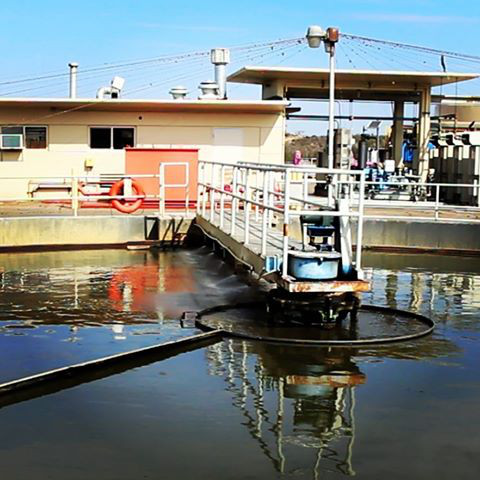Grand Jury Reports on Doubled Sewer Fees
Laguna County Sanitation District Needs Funds to Replace Out-of-Date Equipment

When rates nearly doubled in the Laguna County Sanitation District, the Grand Jury got involved to investigate why. The district has operated sewer and wastewater treatment for the Santa Maria area since 1959, and its equipment has been upgraded in bits and pieces over the years. The Orcutt General Plan made it clear in 1997 that future demand could exceed supply at a time when the plant was only 40 years old. Since then, regulatory changes and simple age have hit critical mass for the plant, and the Grand Jury concluded the increased rates were justified to help pay for needed modernization.
Residential customers with Laguna sanitation saw their annual bill of $551 in 2010 spike to $963 in 2016. The district serves about 11,700 residential and business customers, and had held public meetings in 2011 to discuss the new charges, the Grand Jury report relates. Laguna’s sewer plant moves about 2.4 million gallons of wastewater daily. It has permits to treat more sewage, but the high salt content from water softeners keeps it from discharging the full amount.
The district conducted a number of studies during the new millennium: to examine developer connection fees, environmental regulations and discharge, assess future needs, and finally to plan the replacement of substandard equipment in two phases. Those results led to 11 percent increases in sewer bills from 2011-2015 in order to strengthen Laguna’s reserves for the purpose of getting lower interest rates on future bond issues, the Grand Jury report states. “The state and feds used to give grants to upgrade plants,” said Laguna district manager Marty Wilder. “Now we have to find low-interest loans.”
Julia Hagen, chief financial officer for County Public Works, which operates Laguna, stated that the district hoped to have reserves of $10 million when it sells the bond offering. The solid financial footing could save the district as much as $6 million over the life of the bond — likely to be 20 years — with the quarter-point in interest saved. The reserve also allows the district to borrow less and pay for needed maintenance, she said, which currently costs about $3 million-$4 million per year. Laguna “anticipates much smaller rate increases from here on out,” she added.
Laguna had installed a 1 megawatt photovoltaic system in 2010-2011, which reduced its electricity bill from $300,000-$400,000 per year to about $30,000-$40,000. Even so, by 2015, the $34 million its consultants had tagged for Phase 1 upgrades was outflanked by increases in the cost of new technology. In the project proposal expected to be heard by the Board of Supervisors this fall, some unaffordable Phase 1 projects have been moved into Phase 2 and the next funding effort.



